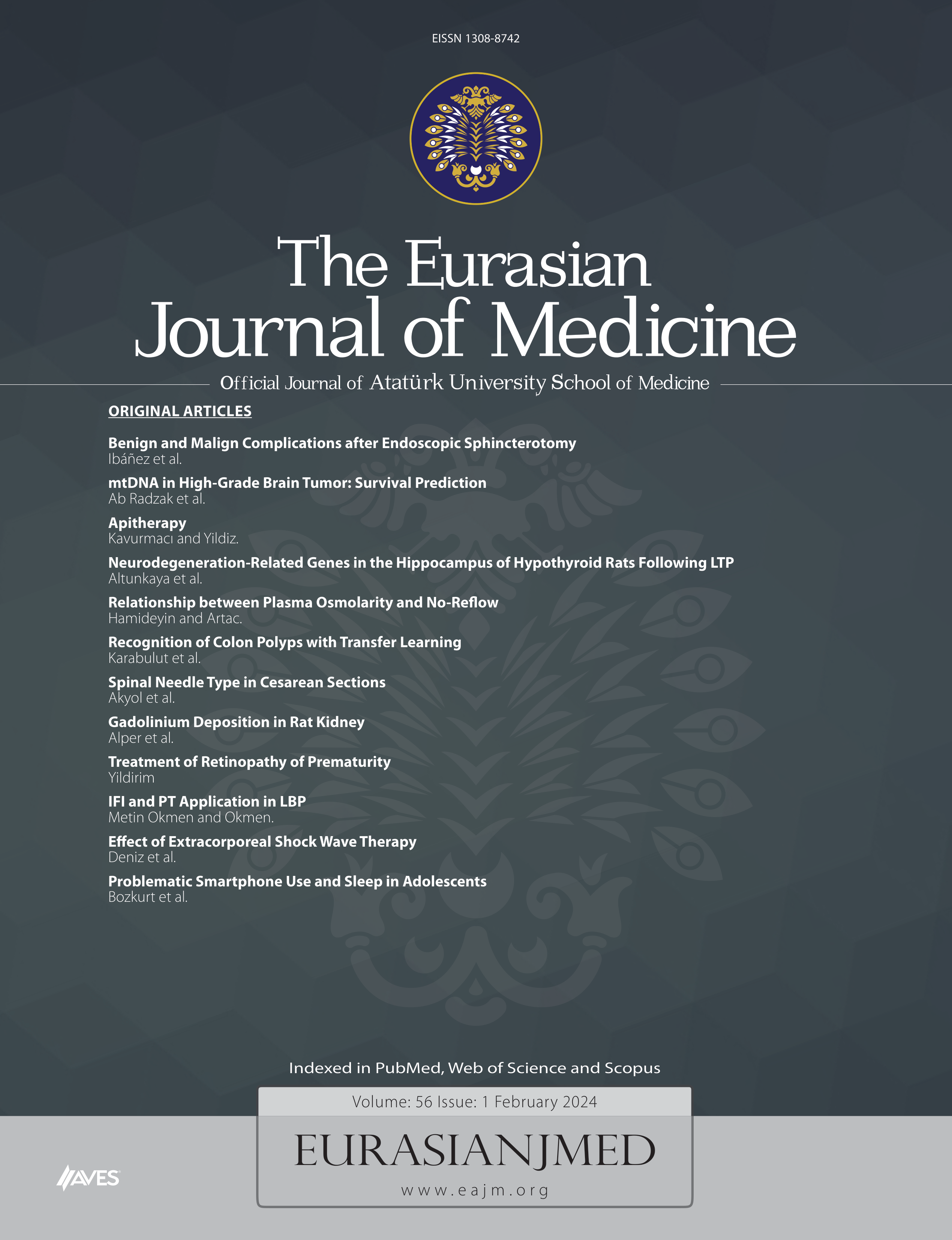Abstract
Objective: The aims of this study were to analyze the relevant methods of computed tomography (CT) and stereology with respect to the estimation of tumor volume and to determine whether the response rates measured by the stereological method correlate with those of conventional morphometric techniques in lung cancer.
Materials and Methods: The study group was composed of 32 patients, including 25 males and 7 females. All the subjects included were non-small celled lung cancer patients (NSCLC), and they were all treated with either chemotherapy (n=12) or chemotherapy plus radiotherapy (n=20) for locally advanced disease (Stage III A and Stage III B). All patients underwent contrast enhanced CT of the thorax before and after treatment. Tumor diameters were measured according to stereological methods, the World Health Organization (WHO) criteria and the Response Evaluation Criteria in Solid Tumors (RECIST).
Results: With all three methods (stereological method, RECIST and WHO), an improvement was observed in the mean tumor size. The response rates were 11.8 ± 117.5% (stereological method), 27.4 ± 38.8% (RECIST), and 38.7 ± 68.1% (WHO). Although the response rates in RECIST and WHO criteria were statistically significant (P=0.02 and P=0.045 for RECIST and WHO, respectively), the response rates with stereological measurements were not statistically significant (P=0.21), showing that response rates obtained by the Cavalieri method differ from those obtained through WHO and RECIST. The comparison between response rates obtained with each method shows that the stereological response rate was not correlated with the response rate in either RECIST or WHO, (r=-0.15, P=0.59 and r=-0.27, P=0.33 for RECIST and WHO, respectively), while there was good correlation between the WHO and RECIST response rates (r=0.87 and P<0.001).
Conclusion: The Cavalieri principle is more suitable for the evaluation of tumor volumes in response to treatment in the management of advanced malignancies, in particular in patients with tumors of irregular shape or when the determination of treatment response is not clear.

.png)

.png)
.png)